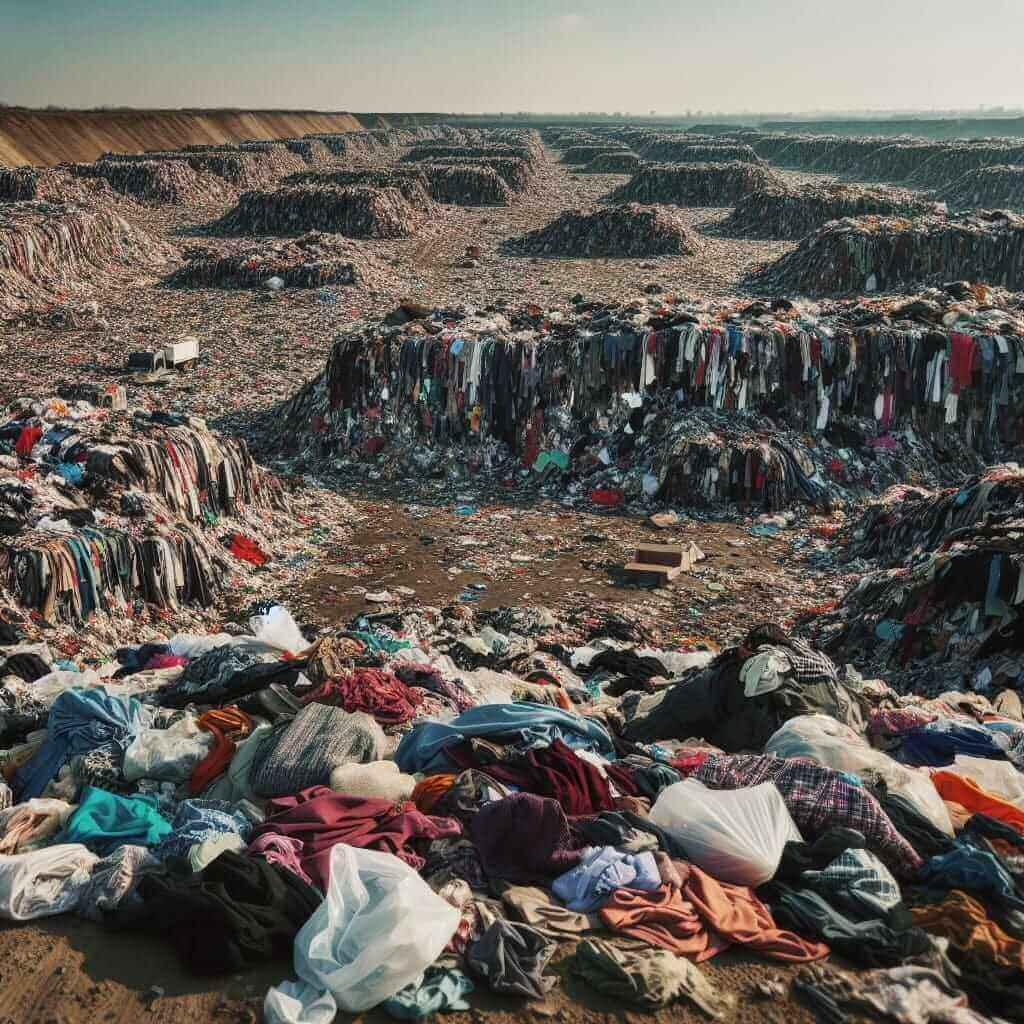When discussing the effects of fast fashion on the environment, it is essential to focus on how the rapid production of cheap clothing impacts both nature and human communities. This topic frequently appears in IELTS Writing Task 2 because it encourages candidates to discuss global issues critically. Here are some sample questions you might encounter in the exam:
- Fast fashion has been criticized for its negative impact on the environment. Discuss the positive and negative effects of this trend.
- To what extent do you agree or disagree with the statement: “The fashion industry should take more responsibility for the environmental damage it causes”?
- What measures can individuals and governments take to mitigate the environmental impact of fast fashion?
Main Content
Selecting a Sample Question
For this guide, we will focus on the first sample question: “Fast fashion has been criticized for its negative impact on the environment. Discuss the positive and negative effects of this trend.”
Analyzing the Question
This question asks for a balanced view, requiring you to discuss both the positive and negative aspects of fast fashion. Key points to address include the environmental footprint, economic benefits, and potential solutions.
Sample Essay
Fast fashion has rapidly grown in popularity due to its affordability and trendy designs. However, this trend has received considerable criticism for its detrimental effects on the environment. In this essay, I will discuss both the positive and negative impacts of fast fashion.
On the positive side, fast fashion supports economic growth. The industry creates numerous jobs in developing countries where much of the production takes place. These opportunities can help lift people out of poverty and provide them with steady incomes. Additionally, fast fashion makes high-end trends accessible to a wider audience, allowing individuals from various economic backgrounds to enjoy stylish clothing.
Despite these benefits, the negative environmental impacts of fast fashion cannot be overlooked. The rapid production cycle results in a significant amount of waste. Many garments are designed to be disposable and are made from non-biodegradable materials, leading to severe pollution. Moreover, the industry relies heavily on synthetic fibers, like polyester, which are derived from fossil fuels. The manufacturing processes release harmful chemicals and pollutants into the air and water, contributing to global environmental degradation.

Another significant concern is the enormous consumption of water associated with textile production. Dyeing and finishing processes require vast quantities of water and often result in toxic wastewater, which can contaminate local water sources. Additionally, the rise of fast fashion has led to increased carbon emissions from transporting raw materials and finished products globally.
In conclusion, while fast fashion contributes positively to economic growth and makes fashionable clothing accessible, its environmental costs are substantial. To address these issues, both consumers and manufacturers need to adopt more sustainable practices. Governments should also implement regulations to reduce the environmental footprint of this industry. Balancing economic benefits with environmental responsibility is crucial for the sustainable development of the fashion sector.
Word Count: 287
Key Points to Consider When Writing
- Balanced View: Ensure you discuss both positives and negatives critically.
- Coherence and Cohesion: Structure your essay logically with clear paragraphs.
- Lexical Resource: Use a wide range of vocabulary related to the topic.
- Grammar: Employ various sentence structures and grammatical forms accurately.
- Task Achievement: Directly address the question and provide relevant examples.
Important Vocabulary to Remember
- Detrimental (adj – /ˌdɛtrɪˈmɛntəl/): Causing harm or damage.
- Affordability (n – /əˌfɔːr.dəˈbɪl.ə.ti/): The quality of being cheap enough that people can afford to buy it.
- Non-biodegradable (adj – /nɒn-baɪ.oʊ.dɪˈɡreɪ.də.bəl/): Not capable of being broken down naturally.
- Synthetic fibers (n – /sɪnˈθɛtɪk ˈfaɪbərz/): Man-made textile fibers produced from petrochemicals.
- Carbon emissions (n – /ˈkɑːr.bən ɪˈmɪʃənz/): Release of carbon compounds, especially carbon dioxide, into the atmosphere, often contributing to global warming.
- Pollutants (n – /pəˈluːtənts/): Substances that make air, water, or land less clean.
- Sustainable (adj – /səˈsteɪnəbl/): Capable of being maintained at a steady level without exhausting natural resources or causing severe ecological damage.
- Wastewater (n – /ˈweɪstˌwɔtər/): Used water that contains waste substances which originate from domestic, industrial, or agricultural activities.
- Economic growth (n – /iːkəˈnɒmɪk ɡroʊθ/): An increase in the production of economic goods and services, compared from one period of time to another.
- Regulations (n – /ˌrɛɡjʊˈleɪʃənz/): Official rules or laws that govern how something should be done or managed.
Conclusion
Fast fashion is a multifaceted issue that significantly impacts the environment. While it offers economic benefits and increases accessibility to fashion, the environmental costs are considerable. To prepare for potential IELTS Writing Task 2 questions on this topic, practice analyzing both sides of the argument and structuring your essays clearly. Sample topics for additional practice include discussions on sustainable fashion alternatives and the role of consumer behavior in environmental conservation. Keep refining your skills, focusing on coherence, vocabulary, and grammar to perform well in the exam.